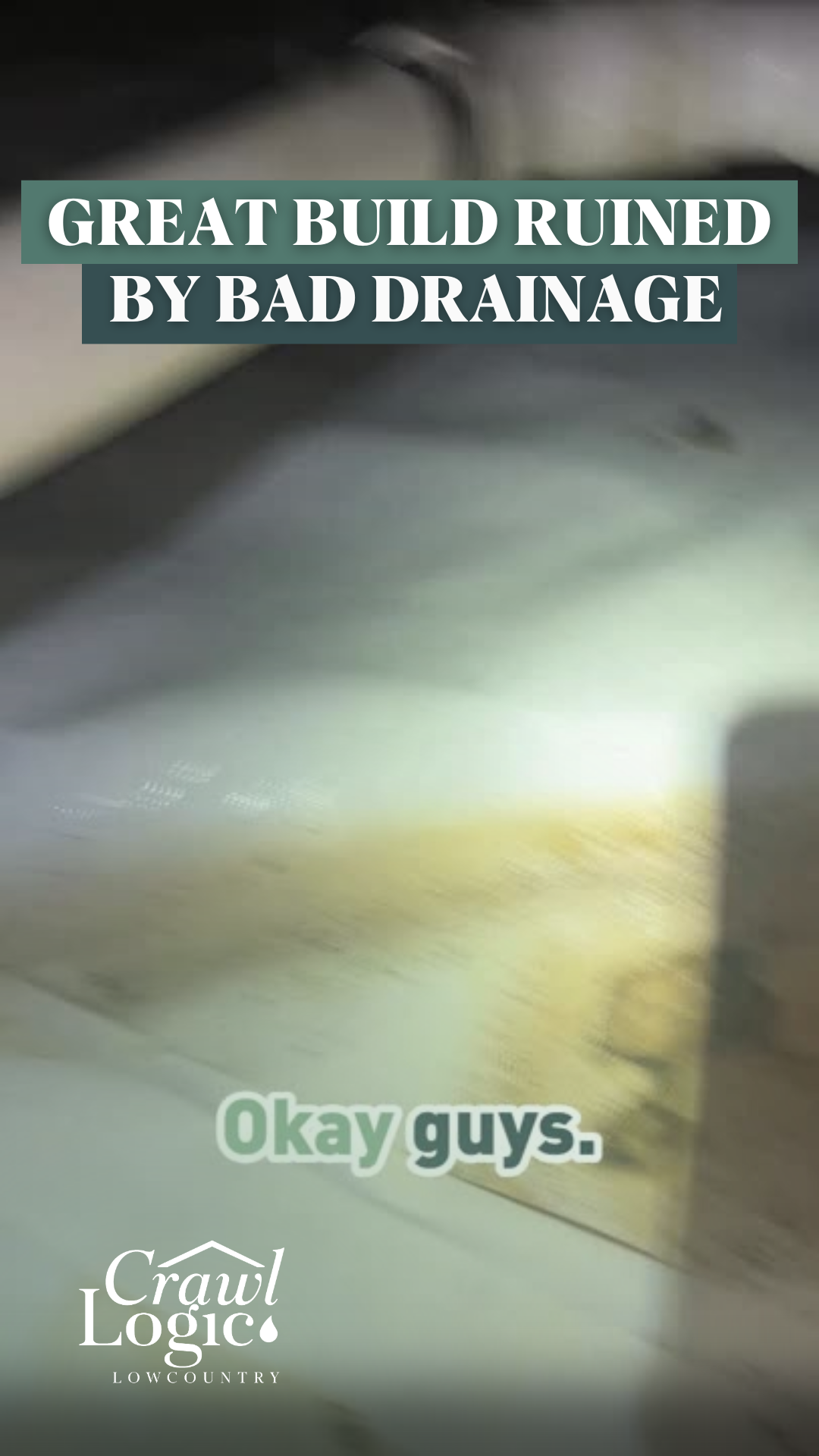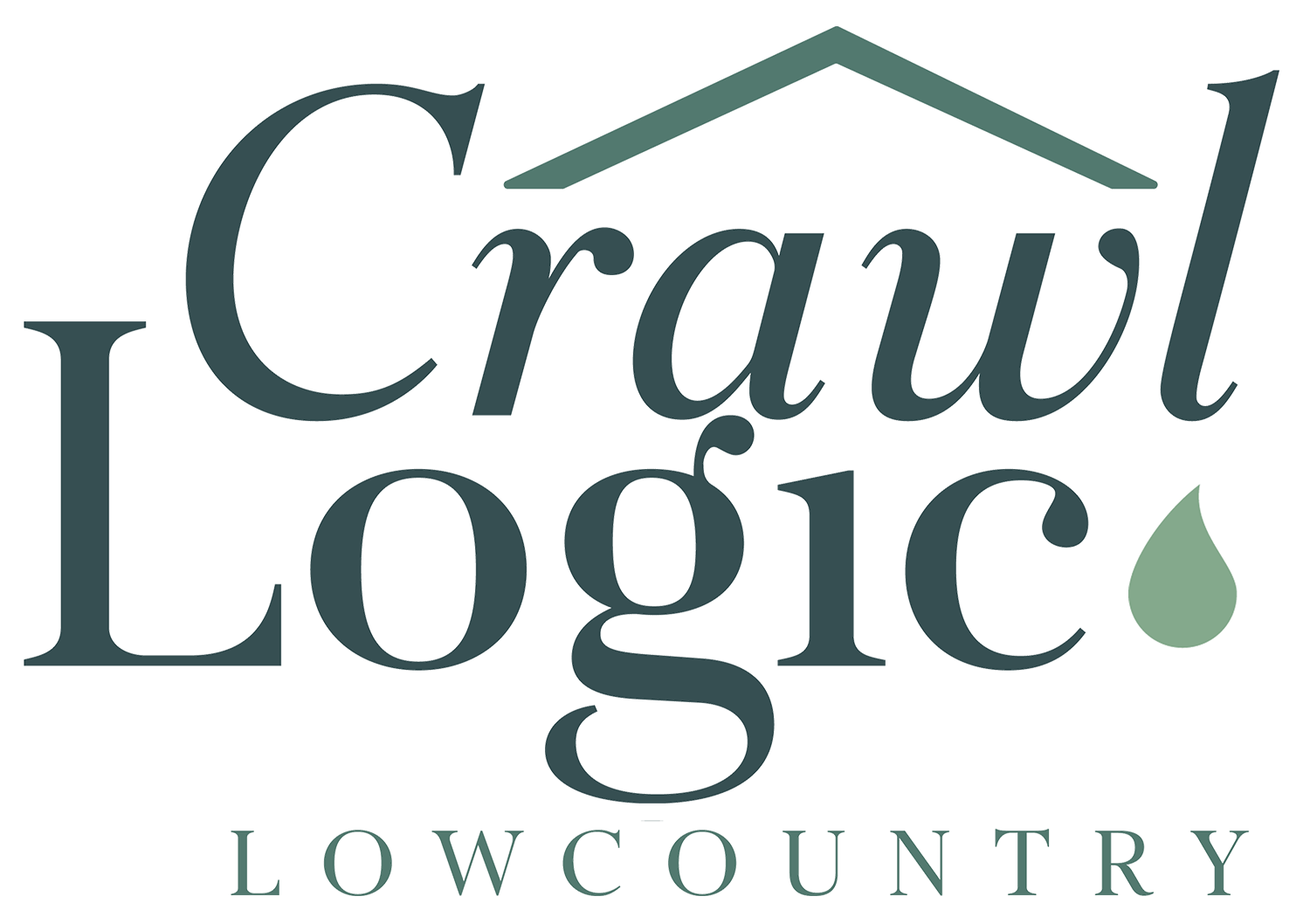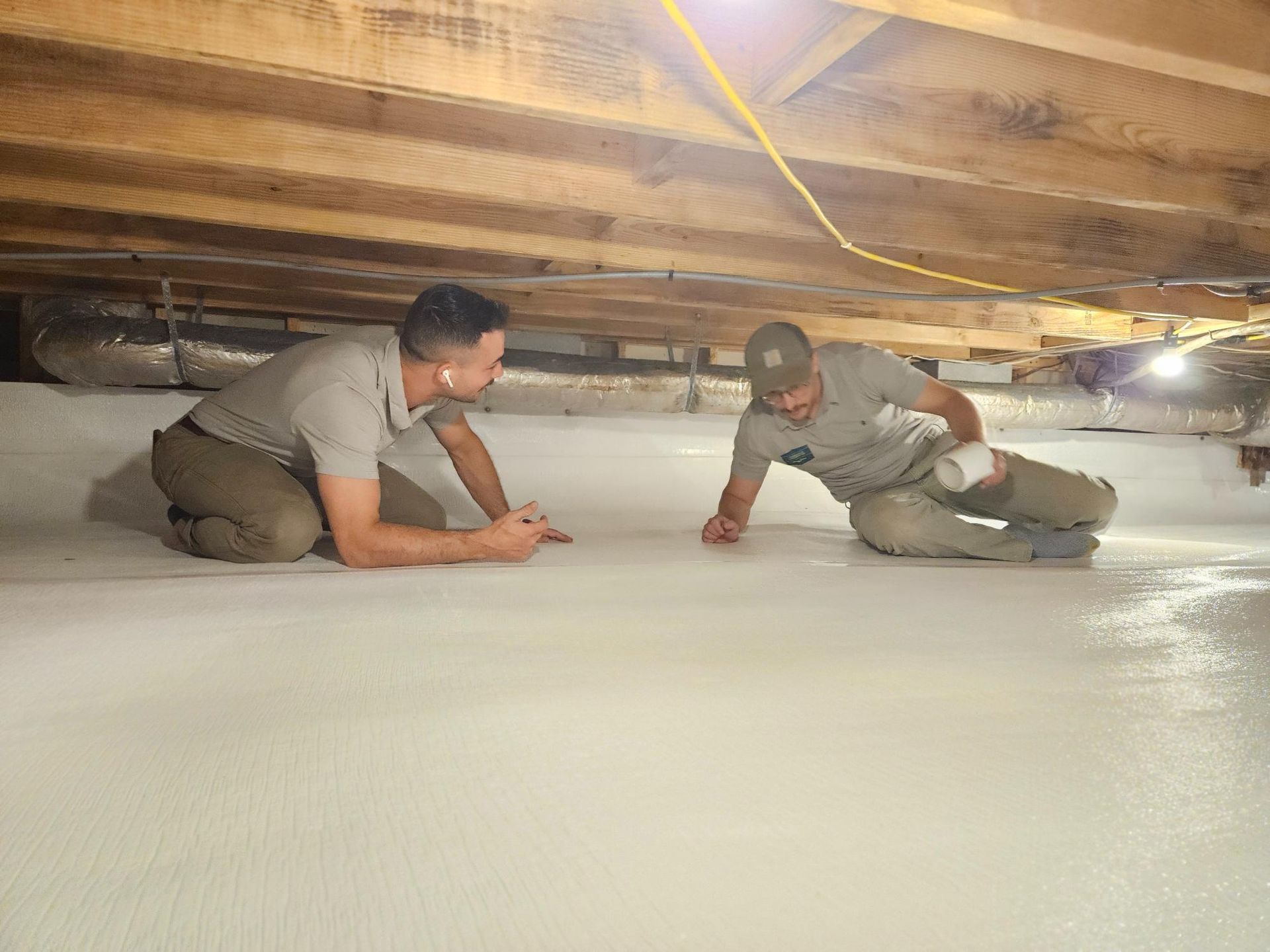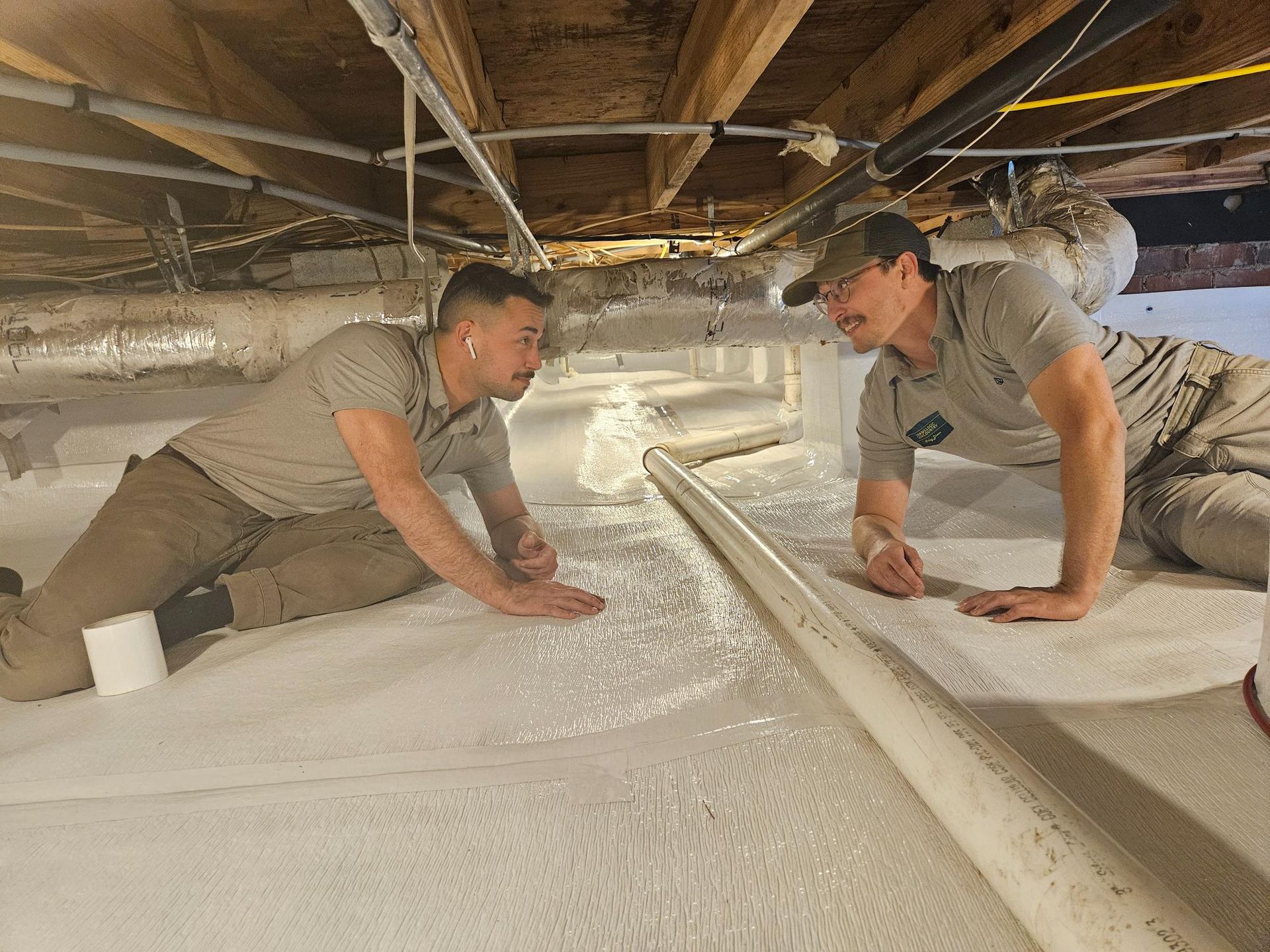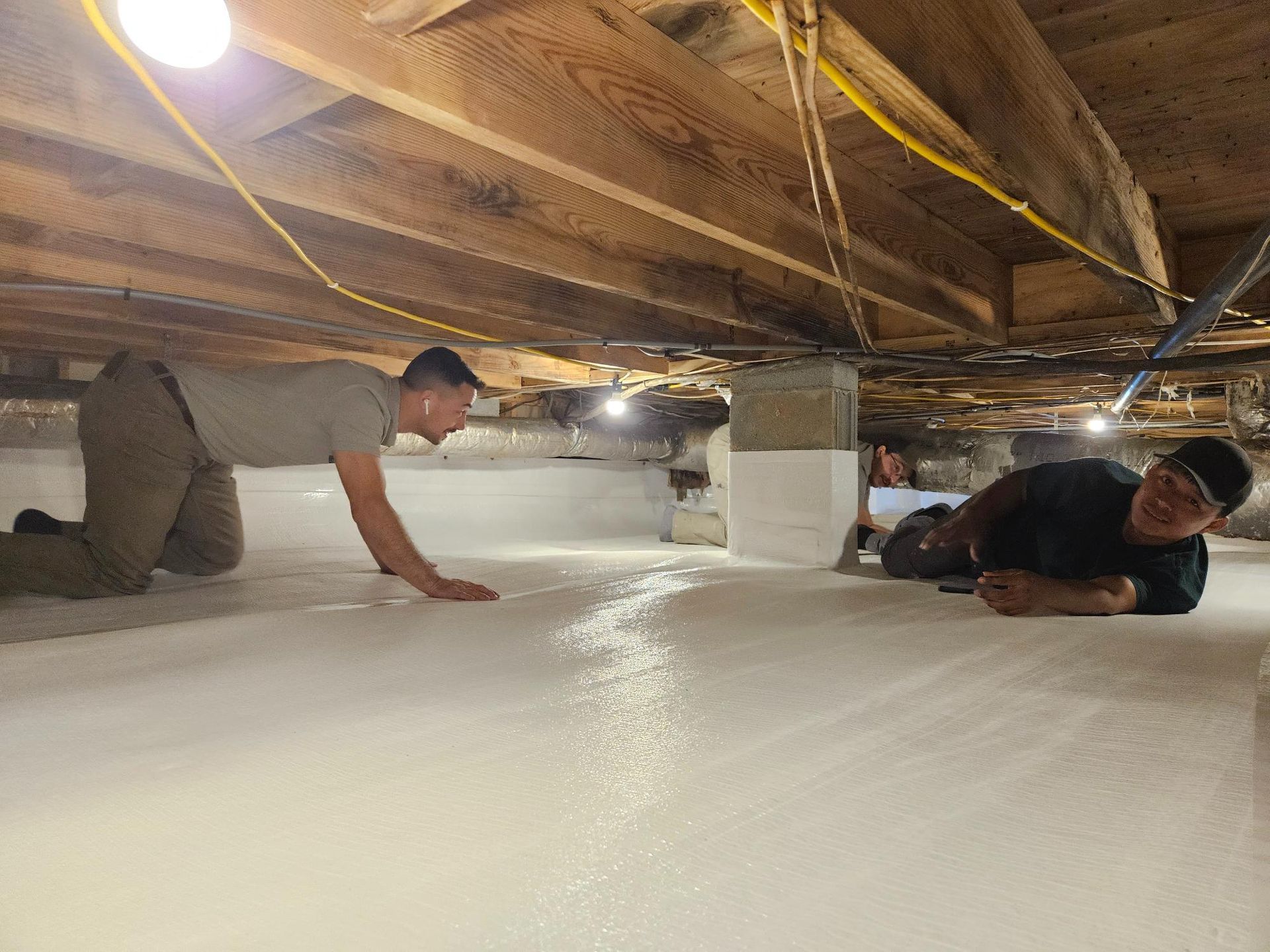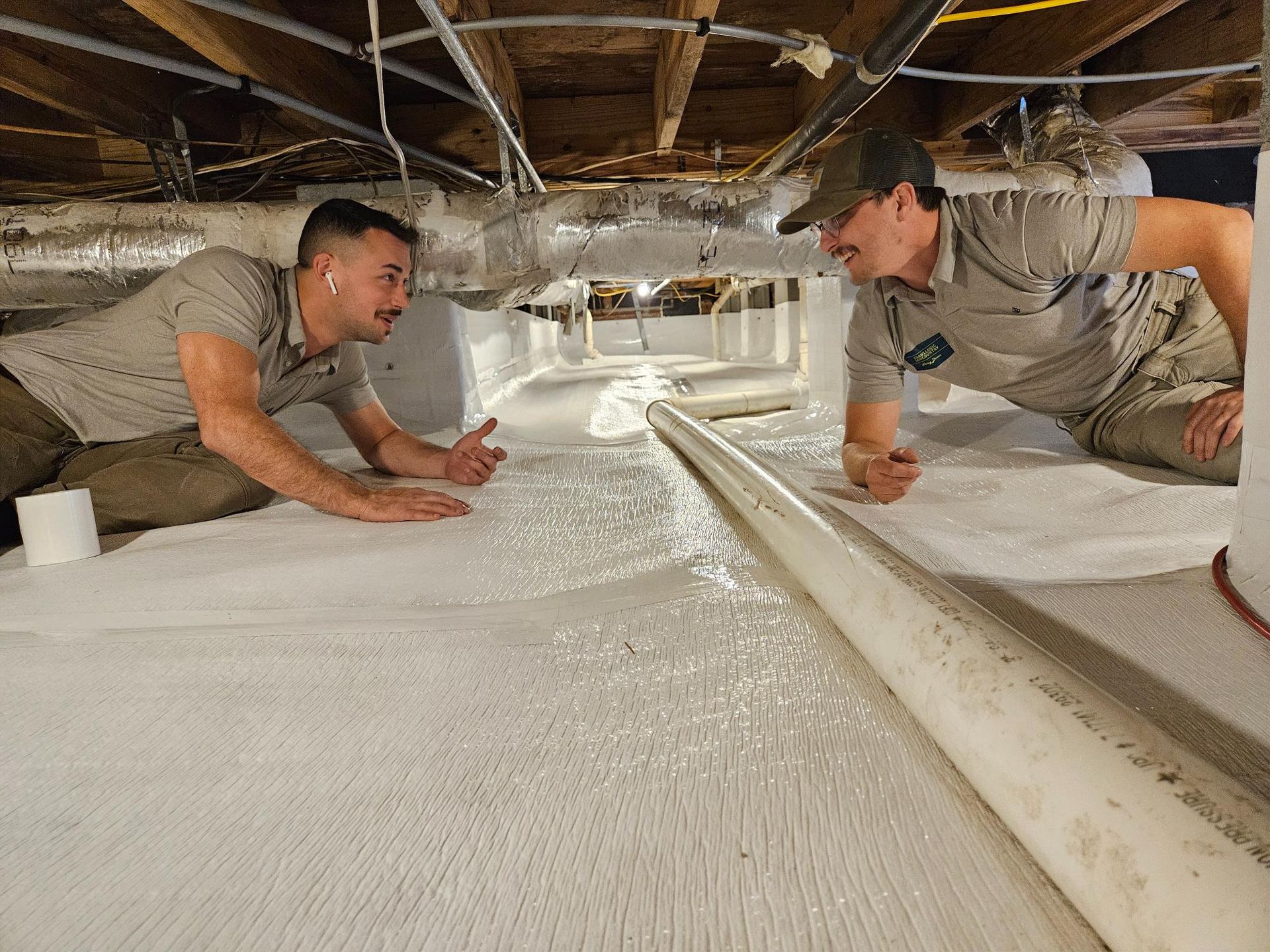Fun fact with Jonathan: The Truth About Dry Rot
Crawl Logic Lowcountry
When Industry "Experience" Gets It Wrong
WHY 25 YEARS OF DOING SOMETHING DOESN'T MAKE IT RIGHT
I was looking at a pile of wood chips this morning, watching steam rise off it, and it got me thinking about one of the things that drives me absolutely crazy in this business.
You know what it is? When someone who's been in the industry for 25 years keeps spreading the same wrong information without ever once stopping to check if it's true.
Here's what I mean: I can't count how many times I've been at a client's house and heard, "Well, we don't want the crawl space getting too dry - what about dry rot?"
I've even heard other contractors, guys who've been doing this for decades, warn people about this.
And every single time, I want to pull out my phone and say, "Just Google it once.
That's all it takes."
Welcome to Crawl Logic Lowcountry!
The Big Misconception
Let me clear something up right now: dry rot isn't dry at all. In fact, it's the complete opposite. It's a fungus that needs moisture - usually above 20% wood moisture content - to even survive. Think about it for a second: when's the last time you heard about houses in the desert having rot problems?
What really gets under my skin isn't just that people believe this myth. It's that professionals, people who make their living working on crawl spaces, keep spreading it. Twenty-five years of experience doesn't mean much if you're doing the wrong thing over and over without ever questioning it. And unfortunately, it's homeowners who end up paying the price when they follow this bad advice.
The Science Behind Dry Rot
Here's the real deal: that thing we call "dry rot"? It's actually a fungus - Serpula lacrymans if you want to get technical. But you don't need to remember that name. What you need to know is this: it's like any other living thing - it needs water to survive. And not just a little water. We're talking wood moisture content above 20% before this fungus can even think about setting up shop.
It's kind of like that steaming wood pile I mentioned earlier. When you combine wood and moisture, things start happening. In the case of those wood chips, you get heat from decomposition. In your crawl space? You get rot. It's not about being too dry - it's about being too wet.
Real-World Implications
Let me tell you what happens when people buy into this "too dry" myth. They avoid proper moisture control. They let their crawl spaces stay damp. And before they know it, they're looking at thousands in repair bills because their floor joists are falling apart.
I've seen it too many times: homeowners who were told not to worry about moisture, or worse, told to keep things a little damp "just to be safe." Then a few years later, they're calling us because their floors are getting soft or their home is starting to smell musty. By then, the damage is done, and it's a lot more expensive to fix than it would have been to prevent.
Protecting Your Home
Want to know what really protects your crawl space? Proper moisture control. That means:
- Keeping wood moisture content well below that 20% danger zone
- Having proper vapor barriers installed
- Making sure you have good ventilation or encapsulation
- Addressing any water issues before they become rot issues
Think about it this way: in all my years doing this work, I've never once seen a crawl space fail because it was too dry. But I've seen plenty fail because someone believed that old myth about dry rot.
The Only Way Forward
Here's the thing: the longer I'm in this business, the more I realize how many "common knowledge" ideas are just plain wrong. And it's not just about dry rot - it's about questioning what we think we know and looking for real answers.
Listen, I get it. When someone's been in an industry for decades, we tend to trust what they say. But experience only matters if you're doing things right. That's why at Crawl Logic, we don't just rely on "that's how we've always done it." We look at the science, we test our methods, and most importantly, we're not afraid to admit when traditional wisdom is wrong.
Want to know what's really going on in your crawl space? Don't trust myths - trust evidence. Give us a call, and we'll show you exactly what's happening under your home. No scare tactics, no outdated myths, just straight facts and real solutions.
Because at the end of the day, protecting your home isn't about following old wives' tales. It's about understanding the real science behind moisture control and doing something about it.

